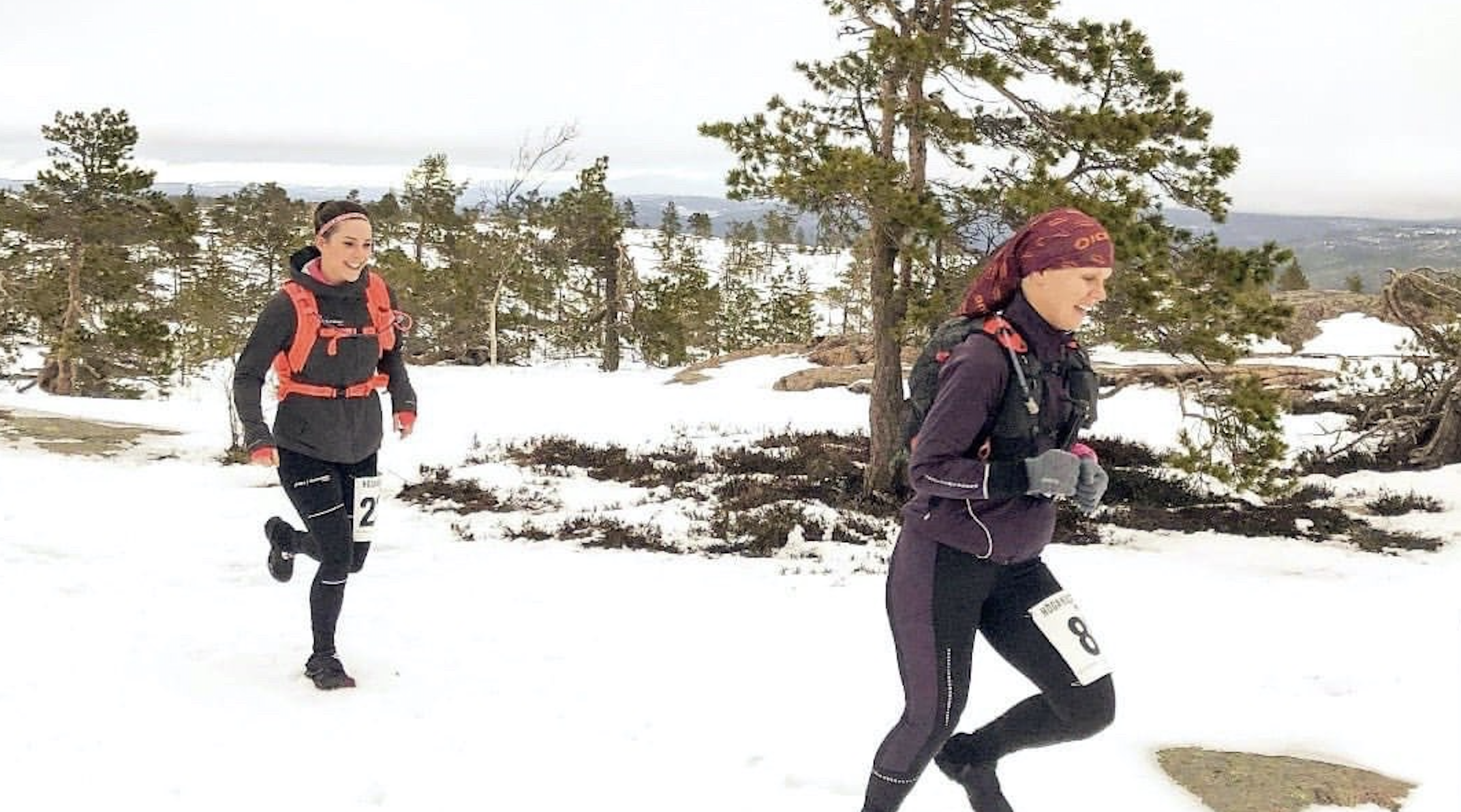High Coast Winter Trail 2/3
photo taken by Martin Edholm
Preparing for race day on the snowy Swedish High Coast. I had signed up for fluffy snow and sunshine. This is what I got...
REALITY CHECK
On the High Coast Winter Trail website I see pictures of fluffy deep snow, blue skies, and runners flying down the mountains. Even though the website in only in Swedish (English version coming up), knowing the gorgeous area and loving the trails, I immediately get excited and sign up for the Insane 50k. The other options are the Classic 25k and Extreme 30K .
https://hogakustenwintertrail.se/
Not long after I had signed up I received a reality check; a reminder that around that time of year the weather conditions can be quite extreme. Although the pictures might show happy runners in the sun, it could be minus twenty degrees Celsius and I could be freezing.
I had run in snow before and camped on the High Coast with minus ten degrees, but that didn’t make me feel more confident. If anything, I remember being really cold, and being a less nice person because of it, to say the least. So, the anticipation of even lower temperatures did not make me jump for joy.
Höga Kusten Winter Hike, camping in the snow
SNOW OR SAND; WHAT'S THE DIFFERENCE?
My experience of running in snow had been pretty limited so far. In the Netherlands we don’t really get snow. If any, it’s pretty shallow and without any elevation in a country as flat as the Netherlands. Not much like the Swedish High Coast where you can get snow up to a few metres high. My only experience of running in somewhat deeper snow had been years ago in Macedonia, where I had hurt my toe so bad that I could not ski and decided to go for a run, which I had actually forgot about and only remembered when writing this blog (link to my run in Macedonia, in Dutch).
The only thing I could compare it to was running in sand. That we have plenty of in the Netherlands. Sand, like snow I assume, runs heavier than on road and requires more leg strength. In 2018 when I was preparing for the Coast to Coast trail, where we would run from Dubai to Oman through the desert, I had trained in soft sand plenty of times, did additional strength training for my legs, and interval sessions on the bike. This had prepared me for the 180 kilometres we did in the desert.
Except for the amount of running in sand, which I had not done much of this time, I have done my strength work and bike intervals. With that in mind, I convince myself I should be capable and ready to run in the snow.
FROM THE FLAT LANDS TO THE HIGH COAST
When I arrived at the High Coast it wasn’t too cold, but this came with another problem I had not considered in my preparations. At least not until the very last minute. As the snow had melted and the ground was cold, it had turned the trail into an ice rank. If I have had any doubts until this point, just a few steps outside made it clear my trainers would not give me enough grip to run comfortably.
Fortunately the organisation had arranged for people to be able to borrow Icebug trail spikes. They had plenty for just about everyone and they even had my tiny shoe size (EU36/37). I tried a pair on and they immediately felt good.
Just in case, I put my own ASICS Fujitrabuco Pro trail shoes in my drop bag which I could get to after ten kilometres into the race. But after not even one minute into the race I knew I was going to stick with the Icebug spikes. I could not have done this course in these conditions without them.
DECISION TIME
Going into the course I yet had to decide what distance I was running, as you can keep all the options open till the very last second. You can choose your distance on the day and even still during the race. At 15k you can decide to go for 25, 35 or still the 50k. When choosing 35k at that point, you can even decide to still run the 50k later when you end up at the same point again, where also the drop bags are.
I figured that I would decide at the fifteen kilometre point what distance I would finish that day. I had some extra food and dry gloves in my drop bag just in case. I made the decision for myself that if the course had been fun and interesting enough after 15k I would be okay running my last ten kilometres to the finish line. If I would feel like I was missing out on fun single tracks or great views I would keep on running for longer. As I didn’t come all the way out here for nothing.




